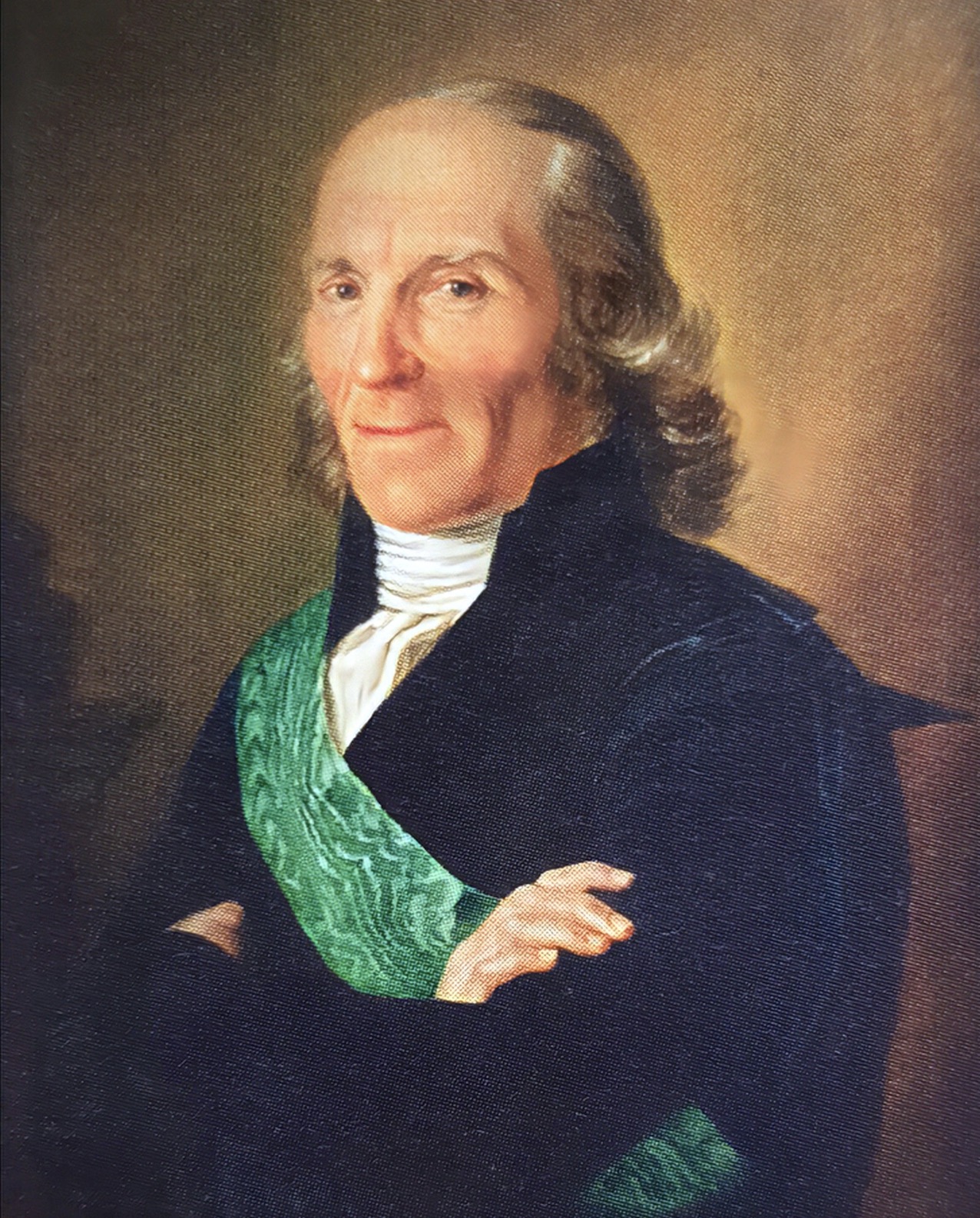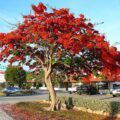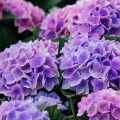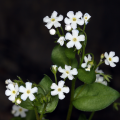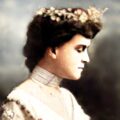Botanist Carl Peter Thunberg’s Ingenious Method of Gathering Hydrangea Clippings in Japan
"Ever the clever end-rounder, Carl devised a strategy to obtain botanical samples: he bought a goat."
August 8, 1828
On this day, the botanist Carl Peter Thunberg, the father of South African botany, died.
He was a student of Carl Linnaeus and worked as a botanist for the Dutch East India Company. After botanizing in South Africa for three years, he spent over a year in Japan.
Carl was not permitted to explore mainland Japan and was confined to a small man-made island in Nagasaki harbor.
Ever the clever end-rounder, Carl devised a strategy to obtain botanical samples: he bought a goat.
And so it was that Carl's Japanese assistants collected plants to feed his goat.
Carl knew goats were picky eaters, and it was through the plant material brought as potential goat food that Carl received five different hydrangea species previously unknown to the West.
These hydrangeas included the lace caps that produced a beautiful ring of blooms around the flowerhead of tiny florets. Before Carl's arrival, Japan had been very private about the lace caps. Can you imagine his excitement when they were brought to him for his goat?
During his nine years away from Sweden, Carl sent plant specimens and letters to Linnaeus, who said he had never experienced "more delight and comfort from any other botanist."
This post was featured onThe Daily Gardener podcast:
helping gardeners find their roots,
one story at a time
